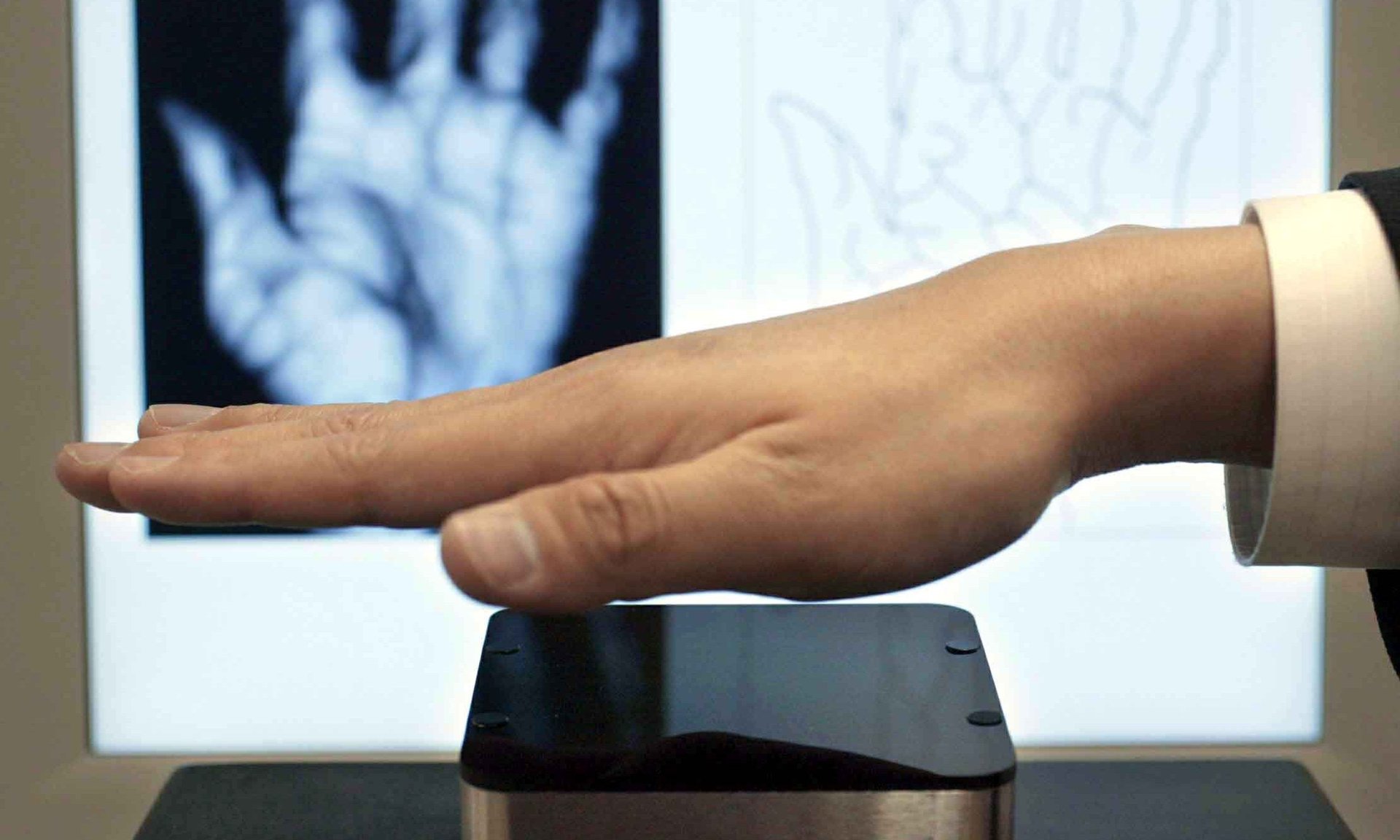Mobile payments aren’t taking off because our body parts are too difficult to scan
Mobile payments were supposed to be the future of commerce. But mobile payment adoption has flatlined, despite big pushes from Apple and Samsung.


Mobile payments were supposed to be the future of commerce. But mobile payment adoption has flatlined, despite big pushes from Apple and Samsung.
The Federal Reserve’s annual survey on mobile payments found no change in the percentage of respondents who said they had performed a mobile payment with a smartphone in the last 12 months, with only 28% of respondents saying they did so. That’s the same percentage as in 2014. The percentage grew four percentage points between 2013 and 2014.
It’s just too cumbersome to pay with a smartphone and it’s not getting less so. Some 34% of Fed respondents said it’s “difficult or time-consuming” to set up mobile payments; that’s three percentage points more than in the 2014 report.
Apple and Samsung have been trying to fix this by making their mobile wallets work with biometrics, like fingerprints. That avoids forcing people to use fiddly “knowledge-based” authentication systems like remembering complex passwords. Unfortunately, body parts aren’t easy to scan.
When Lux Research based in Boston tried to figure out what the best biometric measures for each mobile payment scenario might be, it didn’t arrive at a straightforward answer. Palm-vein sensing, which uses infrared rays to discern the unique pattern of veins in one’s hand, is very accurate, very fast, and very secure. But palm-vein sensors are expensive, making them unlikely to be installed at places where they’re most needed, like a supermarket check-out.
The same goes for web-based payments, where iris-scanning is the optimal solution. But iris-scanners aren’t commonly embedded in smartphones or tablets.
Lux believes one solution is to scan several body parts at the same time. In a store, for example, one palm-vein scan could be replaced by a fingerprint scan and ”behavioral biometrics” on the customer’s smartphone, where things like swiping patterns and typing style are continuously recorded in the background (Google’s planning to introduce this). For web payments, iris scans could be replaced by facial-recognition software, along with behavioral tracking. For payments by text message, a combination of facial and voice recognition would be optimal. ” There will be very few use-cases where one biometric usage will win in the medium to [long] term,” according to the Lux report.
The future of mobile payments is shaping up to be one where we’ll be scanning a lot more of ourselves with our devices at check-out.